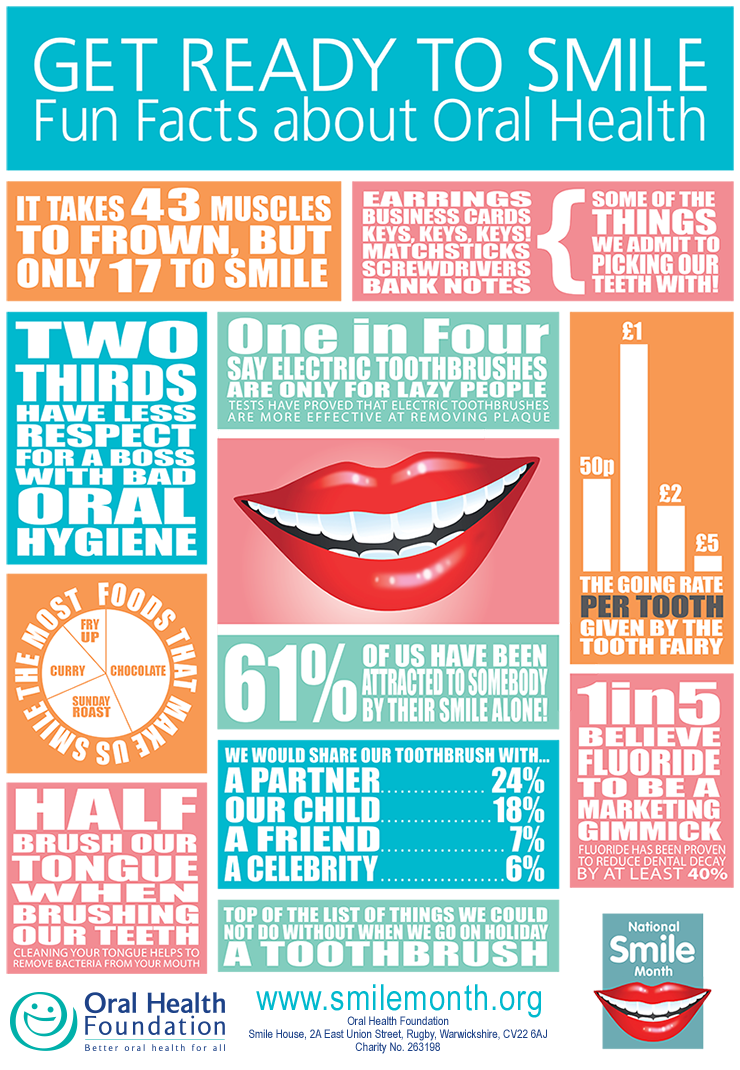Dental emergencies can strike at any time, causing pain, discomfort, and anxiety. Knowing how to handle these situations promptly and effectively can make a significant difference in preserving oral health. In this guide, we will explore common dental emergencies and provide valuable insights on what to do when the unexpected occurs.

1. Toothache:
A toothache can be a persistent and throbbing pain that may indicate various issues, such as cavities, infections, or a cracked tooth. When faced with a toothache:
– Immediate Response: Rinse your mouth with warm water and floss gently to remove any debris that may be causing the pain. Over-the-counter pain relievers can provide temporary relief.
– Seek Professional Help: Schedule an appointment with your dentist to diagnose the underlying cause of the toothache. Avoid placing aspirin directly on the affected area, as it can cause irritation.
2. Knocked-Out Tooth:
Accidents or injuries can lead to a knocked-out tooth, requiring swift action to increase the chances of successful re-implantation.
– Immediate Response: Hold the tooth by the crown (not the root), rinse it gently with water, and attempt to reinsert it into the socket. If that’s not possible, place the tooth in a container of milk or a mild saline solution.
– Seek Professional Help: Contact your dentist immediately for an emergency appointment. Time is crucial in saving a knocked-out tooth, so act promptly.
3. Broken or Chipped Tooth:
Whether from a fall, a sports injury, or biting down on a hard object, a broken or chipped tooth requires immediate attention.
– Immediate Response: Rinse your mouth with warm water and collect any broken tooth fragments. Apply a cold compress to the affected area to reduce swelling.
– Seek Professional Help: Schedule an emergency dental appointment to assess the damage. Your dentist may recommend restorative procedures such as bonding, veneers, or crowns to repair the tooth.
4. Lost Filling or Crown:
Losing a filling or crown can expose sensitive tooth structures and cause discomfort. Handling this situation correctly is essential to prevent further damage.
– Immediate Response: If a filling is lost, use sugar-free gum or dental cement to cover the exposed area temporarily. For a lost crown, attempt to reposition it over the tooth using dental adhesive or temporary dental cement.
– Seek Professional Help: Schedule an appointment with your dentist to replace the filling or crown. Avoid using household glues as a temporary fix, as they can be harmful.
5. Abscess or Swollen Gums:
An abscess is a bacterial infection causing a painful lump filled with pus, often accompanied by swollen gums. This requires immediate attention to prevent the infection from spreading.
– Immediate Response: Rinse your mouth with a mild saltwater solution to alleviate discomfort. Over-the-counter pain relievers may help manage pain temporarily.
– Seek Professional Help: Contact your dentist promptly for an emergency appointment. Abscesses may require drainage, and antibiotic treatment to control the infection.
6. Objects Stuck Between Teeth:
Sometimes, objects like popcorn kernels or fibrous foods can get lodged between teeth, causing discomfort and potential damage.
– Immediate Response: Gently attempt to remove the object using dental floss. Avoid using sharp objects or excessive force, as this may cause further damage.
– Seek Professional Help: If unsuccessful, or if there is persistent pain, consult your dentist for assistance in removing the lodged object without causing harm to the teeth or gums.
Conclusion:
Being prepared for dental emergencies is essential for maintaining oral health and preventing further complications. Remember that these guidelines are general recommendations, and seeking professional help from your dentist in Holloway is crucial in all emergency situations. Regular dental check-ups and practicing good oral hygiene are also vital components of preventing emergencies. By staying informed and acting promptly, you can minimize the impact of dental emergencies and ensure a healthy and happy smile.






